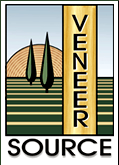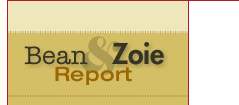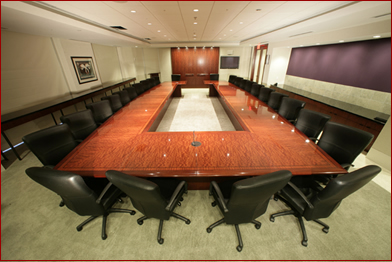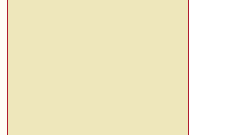







Communicating Design Intent
Design intent is usually a combination of drawing and specifying. Drawings can show the height of panels, the scope of the woodwork, the areas to be matched and grain direction. A drawing best defines heights, widths, layout, grain direction and match between doors, cabinetry and paneling. Furniture items, corner details and the direction of not unusual for the sides, front and back of a cabinet to have vertical grain and the top grain run lengthwise. However, it is conceivable to run grain across the top and align it with the front and back in what is called a "waterfall" pattern. These types of items would be difficult to specify and should be drawn.
 The scale of the project can only be shown on the drawings. The scale of a small
The scale of the project can only be shown on the drawings. The scale of a small
project may easily be fulfilled by premanufactured sequence matched and numbered panels. However, a larger
project may need custom laid up panels, especially if the doors, panels and furniture are to match. On larger projects where hundreds or even thousands of panels are required, it is very important that matching flitches (sister-flitches) be acquired. This may be more important when the project
is, for instance, a symphony hall where all the paneling can be seen or viewed in its totality. But it is much less important
when it is a 4-story office building and each elevator lobby can be a discrete flitch.
In this case the veneer of each floor is
never seen in the context of the other floors.
On projects employing blueprint matched paneling, it is sometimes necessary to show the anticipated number of leaves in each face of each panel so, for instance, a narrow panel can be shown to have two equal leaves while the panel adjacent to it is shown to have four equal leaves. This will ensure the intent of having equal leaf widths is carried out. it also calls to the attention of the architect of designer producing the drawing to work out panel widths which are not feasible with the standard of availability of each veneer type. Many highly figured patterns of quartered woods are quite narrow. For example, asking for extremely wide veneer leaves of pearwood would be inappropriate, whereas two wide leaves of bubinga is very possible.
... that managed forests, thanks to their high proportion of young, strong, growing trees, enable CO2 to be extracted?
... that an old, unmanaged forest produces as much CO2 through processes of decomposition and decay as it stores, and that therefore an unmanaged forest contributes nothing to reducing global CO2?


Phone: 407-423-2252 • Fax: 407-423-1566 • sales@veneersource.com